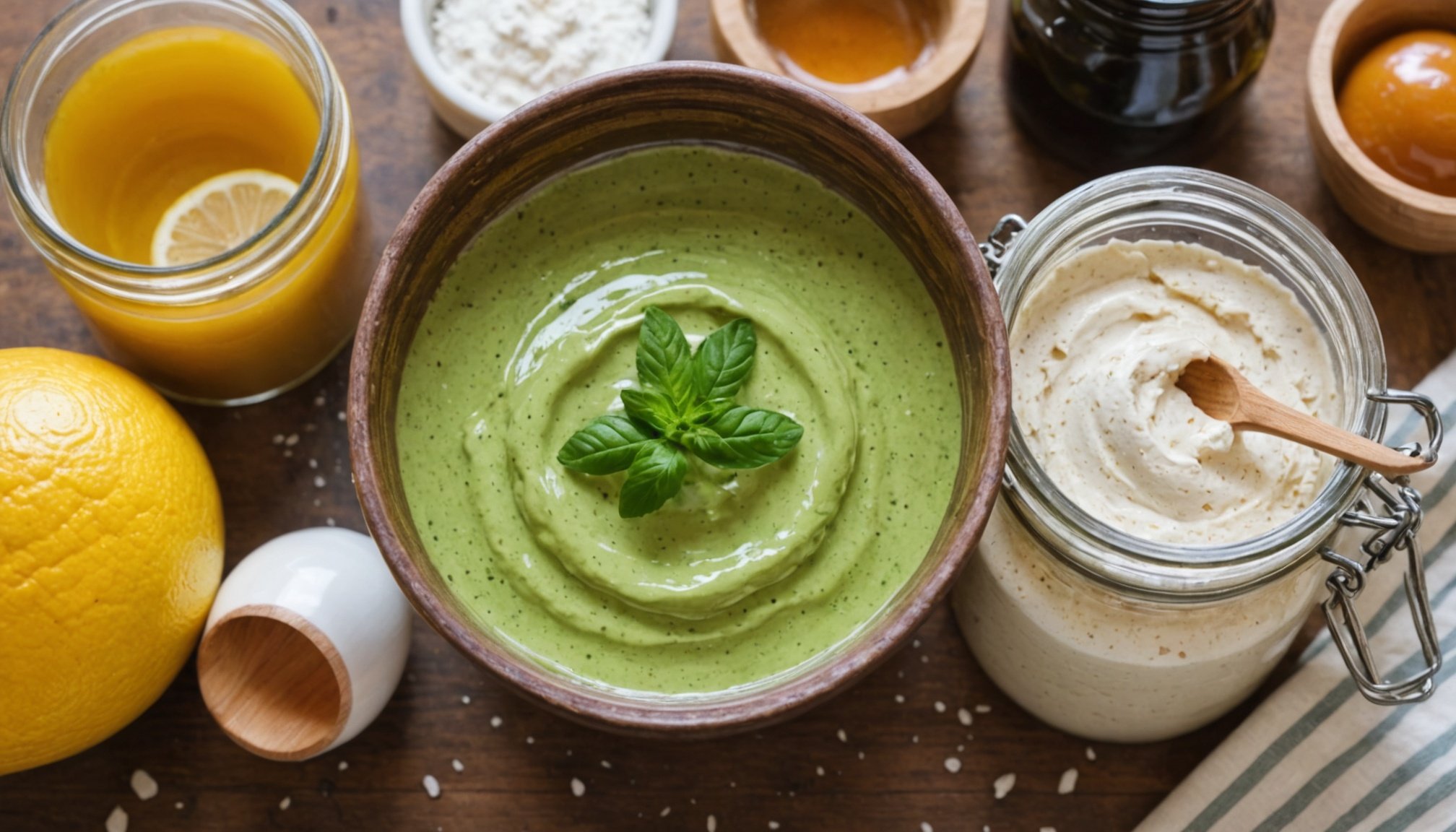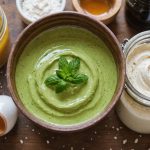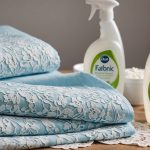Crafting Your Own Homemade Oily Skin Face Mask: A Guide to Using Everyday Kitchen Items
Managing oily skin can be a daunting task, but the good news is that you don’t need to rely on expensive, chemical-laden products to keep your skin balanced and healthy. Instead, you can create your own homemade face masks using ingredients that are likely already in your kitchen. Here’s a comprehensive guide to help you get started.
Understanding Oily Skin
Before diving into the DIY face masks, it’s essential to understand what causes oily skin and how these homemade masks can help.
Also to read : Design Your Perfect At-Home Yoga Oasis: Expert Tips for Maximum Comfort and Concentration
Oily skin is characterized by an overproduction of sebum, which can lead to clogged pores, acne, and a greasy complexion. The key to managing oily skin is to find a balance between controlling oil production and maintaining the skin’s natural moisture.
Natural Ingredients for Oily Skin
When it comes to creating homemade face masks for oily skin, the right ingredients can make all the difference. Here are some of the most effective natural ingredients you can use:
Have you seen this : Mastering Your Personal Stress-Relief Yoga Routine: A Comprehensive Step-by-Step Manual
Aloe Vera
Aloe vera is renowned for its cooling and hydrating properties, making it an excellent remedy for oily skin. It helps in controlling excess oil and soothing the skin[2].
Oatmeal
Oatmeal is a natural exfoliant that helps remove dead skin cells and excess oil. It also has anti-inflammatory properties that can soothe irritated skin[1][5].
Honey
Honey is a natural humectant that keeps the skin moist while controlling oil production. It also has antibacterial and antiseptic properties that help fight acne[3][5].
Yogurt
Yogurt contains lactic acid, which gently exfoliates the skin, removing dead skin cells and impurities. It also helps in balancing the skin’s pH and reducing oiliness[1][2].
Tea Tree Oil
Tea tree oil is known for its antimicrobial and anti-inflammatory properties, making it a powerful ingredient for combating acne and reducing oil production[3][5].
DIY Face Mask Recipes for Oily Skin
Here are some simple and effective DIY face mask recipes you can try at home:
1. Aloe Vera and Cucumber Mask
- Ingredients:
- 1 cucumber, grated
- 2 tbsp aloe vera gel
- 1 tbsp plain yogurt
- Instructions:
- Blend the grated cucumber with aloe vera gel and yogurt.
- Apply the mask to your face and leave it on for 20 minutes.
- Rinse off with warm water[2].
2. Oatmeal and Honey Mask
- Ingredients:
- 2 tbsp oatmeal
- 1 tbsp honey
- 1 tbsp warm water
- Instructions:
- Mix the oatmeal with honey and warm water to form a smooth paste.
- Apply the mask to your face, avoiding the eye area.
- Leave it on for 15-20 minutes and then rinse off with warm water[1][5].
3. Sandalwood and Honey Mask
- Ingredients:
- 2 tbsp sandalwood powder
- 1 tsp honey
- 1 tsp milk
- Instructions:
- Mix the sandalwood powder with honey and milk to form a paste.
- Apply the mask to your face and leave it on for 15 minutes.
- Rinse off with lukewarm water[2].
4. Multani Mitti and Rose Water Mask
- Ingredients:
- 2 tbsp Multani mitti (Fuller’s Earth)
- Enough rose water to form a smooth paste
- Instructions:
- Mix the Multani mitti with rose water to form a paste.
- Apply the mask to your face and let it dry completely.
- Rinse off with water[2][5].
5. Tea Tree Oil and Bentonite Clay Mask
- Ingredients:
- 2 tbsp bentonite clay
- 2-3 tbsp hanged yogurt
- 1 drop tea tree essential oil
- 2 drops lemongrass essential oil
- Instructions:
- Mix the bentonite clay with yogurt, tea tree oil, and lemongrass oil.
- Apply the mask to your face and neck, leaving it on for 10-15 minutes.
- Rinse off with warm water[3].
Detailed Steps for Preparing Each Mask
Here’s a more detailed look at how to prepare each of these masks:
Preparing the Aloe Vera and Cucumber Mask
- Step 1: Grate the cucumber and blend it with aloe vera gel and yogurt until you get a smooth paste.
- Step 2: Apply the mask evenly to your face, avoiding the eye area.
- Step 3: Leave the mask on for 20 minutes to allow the ingredients to work their magic.
- Step 4: Rinse off with warm water and pat dry.
Preparing the Oatmeal and Honey Mask
- Step 1: Mix the oatmeal with honey and warm water in a bowl until you get a smooth paste.
- Step 2: Apply the mask to your face, making sure to avoid the eye area.
- Step 3: Leave the mask on for 15-20 minutes.
- Step 4: Rinse off with warm water and wipe your face with a cotton pad.
Preparing the Sandalwood and Honey Mask
- Step 1: Mix the sandalwood powder with honey and milk in a bowl until you get a smooth paste.
- Step 2: Apply the mask evenly to your face.
- Step 3: Leave the mask on for 15 minutes.
- Step 4: Rinse off with lukewarm water.
Benefits of Each Ingredient
Here’s a closer look at the benefits of each ingredient used in these masks:
| Ingredient | Benefits |
|---|---|
| Aloe Vera | Cooling, hydrating, controls excess oil |
| Oatmeal | Exfoliates, anti-inflammatory, soothes irritated skin |
| Honey | Natural humectant, antibacterial, antiseptic |
| Yogurt | Exfoliates with lactic acid, balances skin pH, reduces oiliness |
| Tea Tree Oil | Antimicrobial, anti-inflammatory, combats acne |
| Sandalwood Powder | Natural antiseptic, reduces oiliness |
| Bentonite Clay | Absorbs excess oil, unclogs pores |
| Rose Water | Calming effect, light hydration |
| Lemongrass Oil | Anti-inflammatory, helps in oil control |
Practical Tips for Using Homemade Face Masks
To get the most out of your homemade face masks, here are some practical tips to keep in mind:
Patch Test
Before applying any new face mask, it’s crucial to do a patch test to ensure you’re not allergic to any of the ingredients. Apply a small amount of the mask to a discreet area of your skin and wait for 24 hours to see if any reaction occurs[4].
Consistency
For best results, use these masks consistently. Depending on your skin type, you can use these masks 1-3 times a week. For oily skin, using a mask 2-3 times a week can help maintain balance and reduce oiliness[3].
Moisturize Afterward
After rinsing off the mask, make sure to moisturize your skin to lock in the benefits of the mask. This helps in maintaining the skin’s natural moisture barrier and prevents dryness[4].
Combine with Other Skincare Routine
To maximize the benefits of these masks, combine them with a consistent cleansing and moisturizing regimen. This ensures that your skin is well-balanced and healthy[2].
Real-Life Examples and Anecdotes
Many people have found success with these homemade face masks. Here’s what some users have to say:
- “I was skeptical about using a homemade face mask, but after trying the aloe vera and cucumber mask, I noticed a significant reduction in oiliness and my skin felt so refreshed and hydrated,” says Sarah, a user who struggled with oily skin.
- “The oatmeal and honey mask has been a game-changer for my acne-prone skin. It not only helps in controlling oil but also soothes and exfoliates my skin,” adds John, who has been using this mask for several months.
Creating your own homemade face masks for oily skin is not only cost-effective but also a healthier alternative to commercial products. By using natural ingredients like aloe vera, oatmeal, honey, and tea tree oil, you can achieve a balanced and healthy complexion without exposing your skin to harsh chemicals.
Remember, the key to managing oily skin is consistency and patience. Combine these DIY masks with a regular skincare routine, and you’ll be on your way to a clearer, more radiant complexion.
Additional Tips and Variations
Here are some additional tips and variations you can try to customize your homemade face masks:
Adding Lemon Juice
For an extra brightening effect, you can add a few drops of lemon juice to your face mask. However, be cautious as lemon juice can be harsh on sensitive skin[4].
Using Coconut Oil
For dry skin, you can substitute some ingredients with coconut oil to add extra moisturizing benefits. For example, in the oatmeal and honey mask, you can add a tablespoon of coconut oil to help hydrate your skin[1].
Incorporating Essential Oils
Essential oils like lemongrass and tea tree oil can be added to your masks for their anti-inflammatory and antimicrobial properties. However, always use them in moderation and dilute them with a carrier oil to avoid any adverse reactions[3].
By experimenting with different ingredients and recipes, you can find the perfect homemade face mask that suits your skin type and needs. Happy masking











